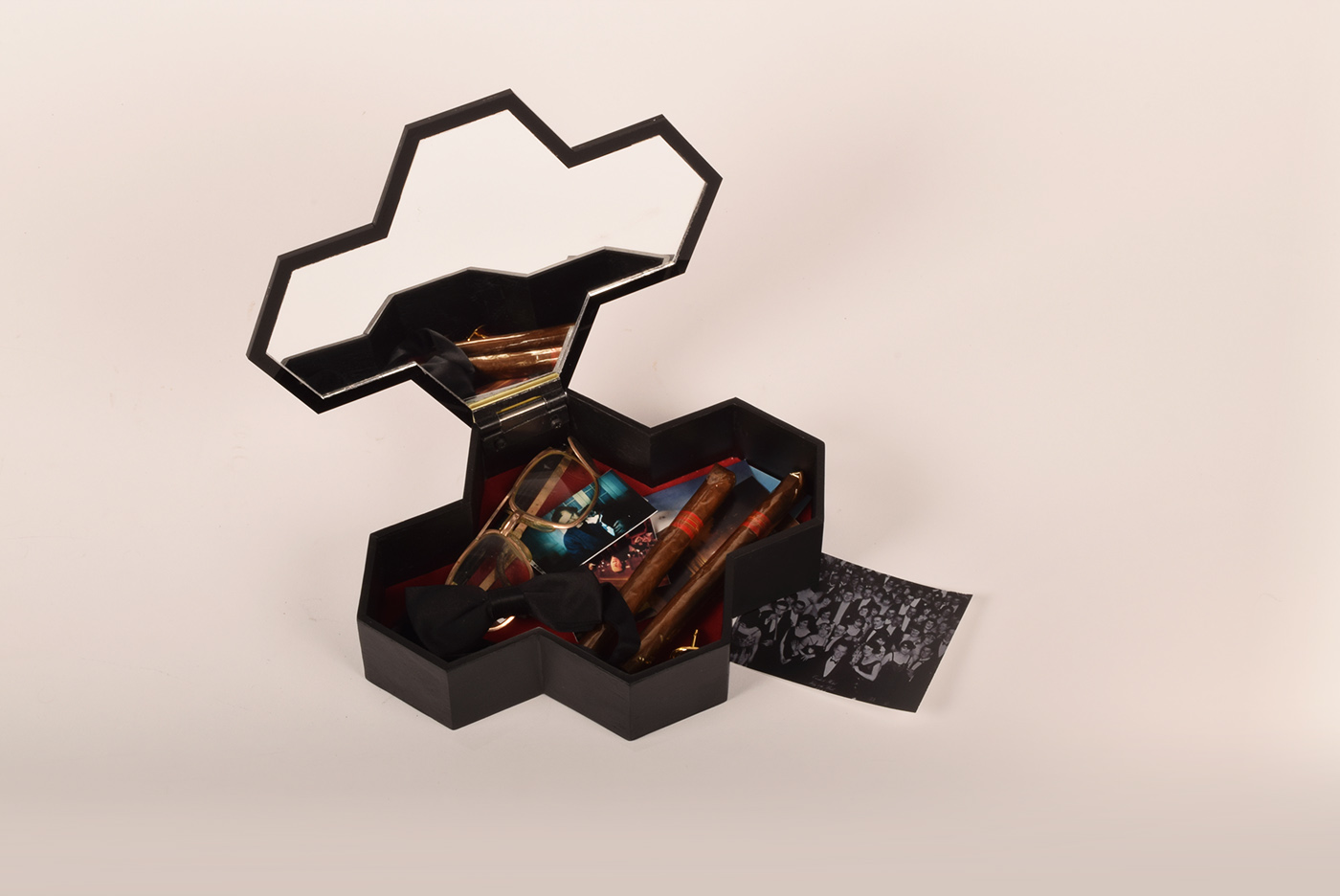
Hauntings is a tribute to Stanley Kubrick's The Shining.
It is commonly known that The Shining is a movie filled with symbolism and secret messages that have been interpreted in various ways. A lot of people believe that the actual message behind the movie is about humanity's mistakes and about the fact that we have to be conscious about what has happened in history in order to accept it, learn about it, and move forward.
Hauntings's concept lies in the fact that throughout the movie, mirrors can be spotted during scenes where paranormal events happen to Jack Torrence and his family. These mirrors serve as a symbol of reality vs. fantasy, working as an object that shows the reality that can't be perceived with the naked eye. This phenomenon can be seen from the beginning of the movie, but it is mainly recognized from the iconic mirror "Redrum" scene, as well as the scene in which Jack is seduced by a woman until he realizes that the woman is in fact a rotting body, thanks to a mirror's reflection.
Exposed in the Stanley Kubrick exhibition in 2015, at MARCO museum located in Monterrey, Mexico.
MOODBOARD

RENDERS




Haunting's takes inspiration from the well-known carpet pattern seen in the Outlook Hotel, as well as Kubrick's obsession with the color red.
PROTOTYPE


The mirror in the piece represents the reality the person has to deal with – the duality between the real person and the reflected piece of themselves.



Hauntings seeks to be a memory box, where the user can store small objects, photographs or whichever sentimental element the user relates with an important moment in their life. As the user opens and contemplates the objects within the box, the mirror serves as callback to reality, as a reminder that the user is living in the present and has to move on from the past. However, by no means should they forget about everything that has happened to get to where they are, just like the message the mirror has in the movie The Shining.




